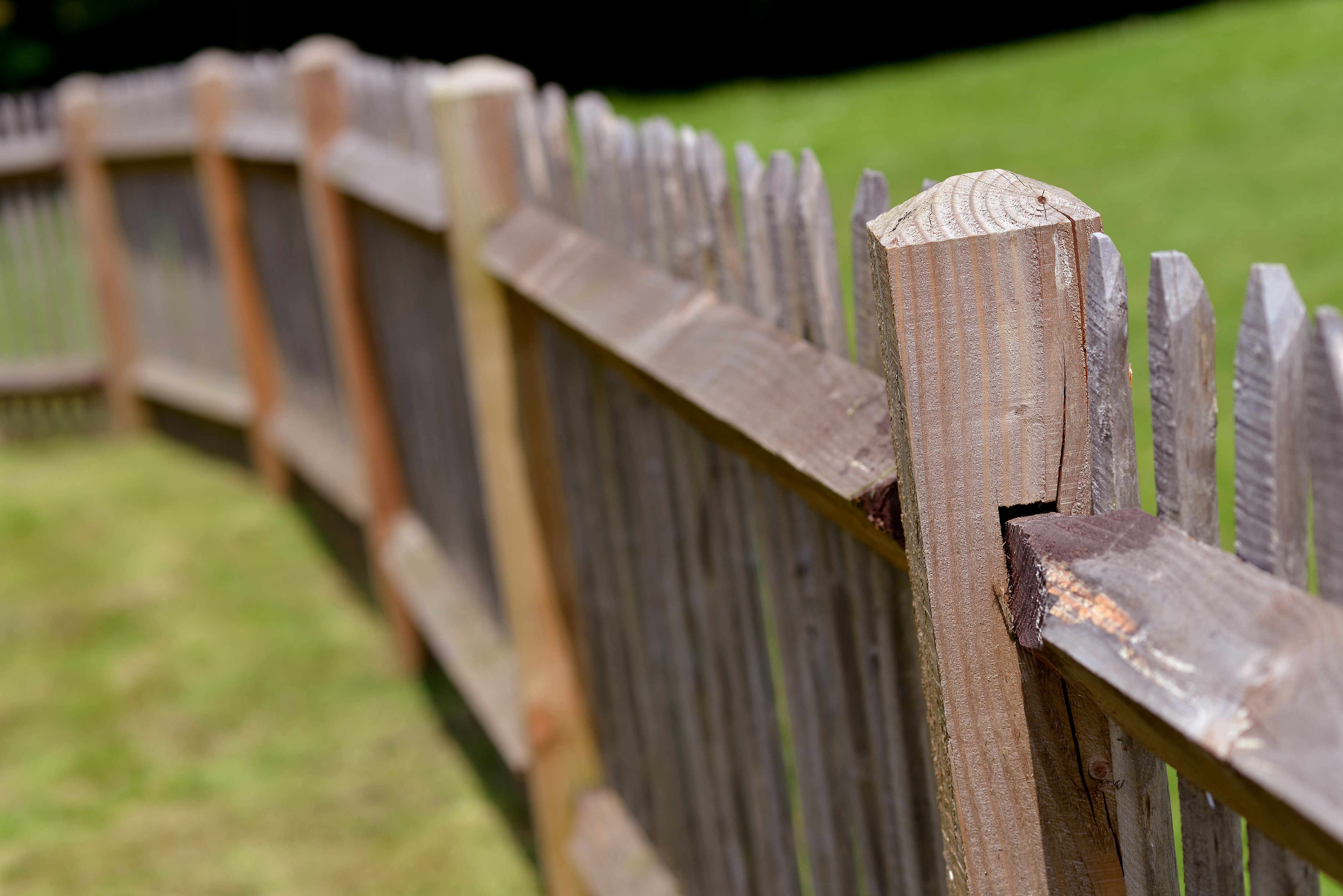Living Fences: Types, Planting, And Care

Table of Contents
Types of Living Fences
Choosing the right plants for your living fence is crucial for its success. Consider your climate, soil conditions, desired height, and aesthetic preferences. Several categories offer diverse options:
Deciduous Living Fences
Deciduous shrubs offer seasonal interest with their changing leaf colors. However, they provide less privacy during winter months.
- Pros: Seasonal color change, attractive fall foliage, wildlife habitat (nesting and food sources), potentially lower maintenance in winter.
- Cons: Loss of visual barrier in winter, significant leaf litter cleanup in autumn.
Examples:
- Hawthorn: Thorny, providing excellent security, with white spring flowers and red berries. Reaches heights of 15-25 feet.
- Beech: Provides dense foliage in summer with beautiful copper or golden fall color. Can reach significant heights (up to 70 feet), requiring regular pruning to maintain hedge form.
- Privet: Fast-growing, tolerant of various conditions, easily pruned into formal shapes. Height varies depending on species.
Evergreen Living Fences
Evergreen shrubs offer year-round screening and privacy, acting as excellent windbreaks.
- Pros: Year-round screening and privacy, consistent visual barrier, windbreak protection.
- Cons: Can be more expensive than deciduous options, some require more frequent pruning due to faster growth.
Examples:
- Holly: Known for its glossy leaves and bright red berries (female plants only). Heights vary greatly depending on species.
- Yew: A classic hedging plant, tolerant of shade, with a dense growth habit. Can be pruned into various shapes. Heights vary depending on species and pruning.
- Leyland Cypress: A fast-growing conifer excellent for quick privacy screening. Can reach significant heights (60-70 feet), requiring regular pruning.
Fast-Growing Living Fences
For those seeking rapid establishment of a privacy screen, fast-growing options are ideal. However, careful selection is crucial to avoid invasive species.
- Pros: Rapid growth, quick establishment of privacy, cost-effective in the short term.
- Cons: May require more frequent pruning and maintenance, some can be invasive, potentially outgrowing the desired space.
Examples:
- Bamboo: Several non-invasive bamboo varieties are suitable for living fences, offering a unique texture and rapid growth. Requires careful planning for containment.
- Willow: Certain willow varieties grow quickly and can be easily pruned. They prefer moist soil conditions. Consider the mature size before planting.
Flowering Living Fences
Flowering shrubs add beauty and attract pollinators to your garden. However, they may not provide the same level of density for privacy as evergreen or some deciduous options.
- Pros: Beautiful blooms, attract pollinators like bees and butterflies, adds fragrance and color.
- Cons: May require more specialized care, blooms may be seasonal, less dense foliage than some other options for screening.
Examples:
- Roses: Various rose cultivars are suitable for hedging, offering a stunning display of flowers throughout the growing season. Require regular pruning and disease management.
- Buddleja (Butterfly Bush): Attracts butterflies and offers a long flowering season. Can become invasive in some regions, so choose carefully.
Planting Your Living Fence
Proper planting techniques are key to a thriving living fence.
Site Preparation
Thorough site preparation is essential for success.
- Soil Testing: Conduct a soil test to determine pH and nutrient levels. Amend the soil as needed to achieve optimal conditions for your chosen plants.
- Sunlight and Soil Conditions: Choose plant species that thrive in your site's sunlight and soil conditions (e.g., sun-loving vs. shade-tolerant plants, well-drained vs. moist soil).
- Marking the Fence Line: Clearly mark the intended location of your living fence using string or stakes to ensure a straight line.
Planting Techniques
- Planting Depth and Spacing: Plant at the appropriate depth indicated on the plant label and space plants according to their mature size. Avoid overcrowding.
- Step-by-Step Planting: Dig a hole twice as wide as the root ball, gently loosen the roots, place the plant in the hole, backfill with soil, water thoroughly.
- Plant Supports: Use plant supports (stakes or wire mesh) for taller plants, especially during their establishment phase, to prevent them from being damaged by wind.
Choosing the Right Plants
- Climate and Soil Suitability: Select plants that are well-suited to your local climate and soil type.
- Mature Height and Spread: Consider the mature size of the plants to ensure they fit the desired space.
- Native Plants: Prioritize native plant species to support local ecosystems and reduce the need for excessive maintenance.
Caring for Your Living Fence
Ongoing care ensures your living fence remains healthy and visually appealing.
Watering
- Consistent Watering: Consistent watering, particularly during the first year, is crucial for establishment. Water deeply and less frequently rather than shallowly and often.
- Watering Techniques: Use drip irrigation or soaker hoses to deliver water directly to the roots and minimize water loss through evaporation.
Fertilizing
- Appropriate Fertilizer: Apply a balanced fertilizer according to the plant's needs and the soil test results.
- Soil Testing: Conduct regular soil tests to identify any nutrient deficiencies and adjust your fertilization accordingly.
Pruning
- Regular Pruning: Regular pruning maintains the shape and health of your living fence.
- Pruning Techniques: Use hedging shears for formal shapes and loppers for larger branches.
- Timing: Prune at the appropriate time of year for your specific plant type (generally late winter or early spring for most deciduous and evergreen shrubs).
Pest and Disease Control
- Common Pests and Diseases: Be aware of common pests and diseases affecting your chosen plants.
- Preventative Measures: Practice good sanitation, proper watering, and appropriate spacing to prevent problems.
- Natural Pest Control: Use natural pest control methods like beneficial insects or organic sprays whenever possible.
- Chemical Controls (responsible use): Use chemical controls as a last resort and follow instructions carefully.
Conclusion
Creating a beautiful and functional living fence adds significant value to your property. By carefully selecting the right plants, following proper planting techniques, and providing consistent care, you can enjoy a thriving, eco-friendly boundary for years to come. From the diverse options of deciduous and evergreen living fences to the essential aspects of planting and care, this guide has equipped you with the knowledge to create your own stunning natural barrier. Start planning your own beautiful and functional living fence today!

Featured Posts
-
 Political Controversy Rocks Live Nations Board Appointment
May 29, 2025
Political Controversy Rocks Live Nations Board Appointment
May 29, 2025 -
 Mdafe Lyfrkwzn Yeln Mghadrth Tfasyl Antqalh Almntzr
May 29, 2025
Mdafe Lyfrkwzn Yeln Mghadrth Tfasyl Antqalh Almntzr
May 29, 2025 -
 Big Music Sale 200 Million Investment In Morgan Wallens Catalog
May 29, 2025
Big Music Sale 200 Million Investment In Morgan Wallens Catalog
May 29, 2025 -
 Lidl Elkepeszto Gyujtoi Markas Termekek Akcios Aron
May 29, 2025
Lidl Elkepeszto Gyujtoi Markas Termekek Akcios Aron
May 29, 2025 -
 Pcc Community Markets Returns To Downtown Seattle With New Store Concept
May 29, 2025
Pcc Community Markets Returns To Downtown Seattle With New Store Concept
May 29, 2025
